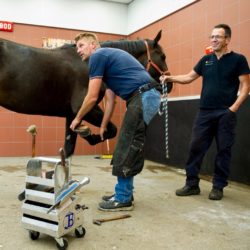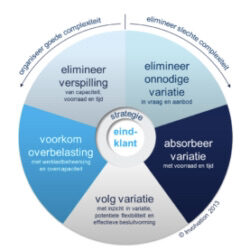Demand-driven theme parks

Sometimes you hear about new ideas that are so logical that you ask yourself, ‘Why didn’t I think of that?’ Recently I heard about a new app that enables you to pay for your visit to a theme park based on the amount of time you spend in the park. So as a visitor you no longer pay a fixed fee – which in the past ‘forced’ you to spend the whole day there with your friends and family. And if you really do want to stay longer, you never pay more than the daily rate. Isn’t that logical?
For the theme parks, this app is an opportunity to attract a new target group. In addition, the app takes care of the payment afterwards, reducing queues at the entrance.
On top of that, it enables dynamic pricing for a visit to the theme park, just as is already being done with things like airline tickets. For example, it could be cheaper to visit the park during the quiet morning hours than in the afternoon. This facilitates higher utilization of the park’s rides and attractions and also reduces waiting times for visitors.
This kind of innovation enables better alignment of the demand with the (fixed) capacity, making it an excellent example of the demand-driven supply chain management (DDSCM) concept which, among other things, revolves around the principle of reducing variation in the capacity required.
Dynamic pricing
While dynamic pricing using the new app probably works well for streamlining the logistics of theme park visitors, other industries often require different solutions. Which innovation is going to support the alignment of demand and capacity in your supply chain to enable it to become more demand-driven?
To help you devise your own DDSCM improvement strategy and solutions, we have developed the ‘Wheel of Five’ for DDSCM: five complementary guidelines for selecting the right supply chain initiatives.
Dennis Pronk, Supply Chain Management Consultant at Involvation









